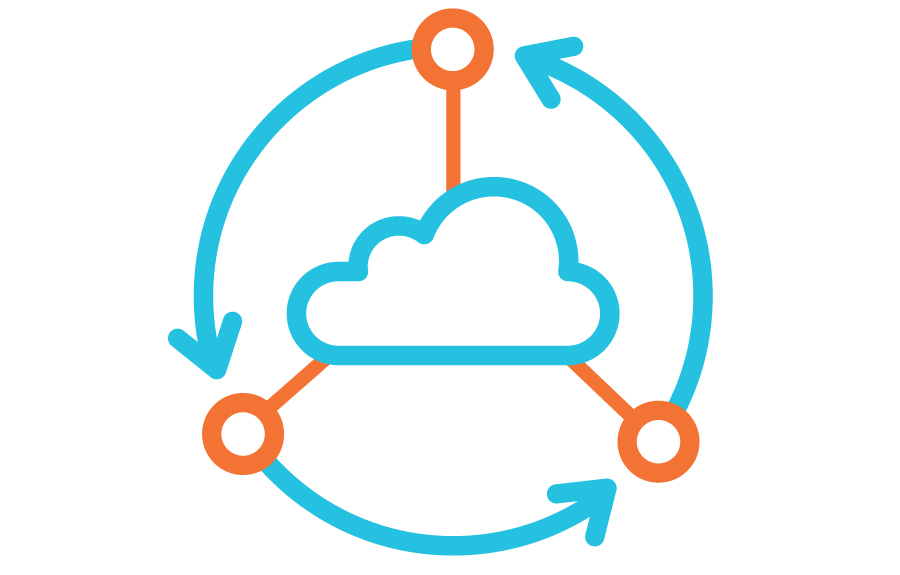
When we’re talking with partners or customers about business continuity, the conversation inevitably steers toward deploying a diverse network to avoid costly downtime. Customers frequently ask for “carrier diversity” or simply “diversity.” Very often, this tends to be shorthand for last-mile diversity – a specific brand of diversity where each circuit uses unique local loop facilities. However, the conversation shouldn’t end there. The reality is there are more potential points of failure than just the last-mile facilities. As a trusted advisor, you’ll do yourself and your customers a favor by understanding each type of diversity that’s available and the point of failure it addresses.
We’ve outlined the six types of diversity, so you are prepared the next time you discuss it with a customer.
- Last-mile diversity ensures that the local loops of two circuits delivered to a common location are being routed over two distinct sets of network facilities. This prevents against downtime due to an outage on the network of one of the carriers.
- Carrier diversity simply means that a customer buys connections from two different providers. As the network is designed, be sure you have a clear understanding of your customer’s requirements if they request carrier diversity. If one of the carriers is either reselling or delivering service over the same facilities as the primary carrier, your customers will get two bills from two different carriers, but the network itself won’t be protected against any type of failure.
- Entrance diversity is achieved when circuits are delivered through different parts of the building’s physical infrastructure. For instance, if your customer has a circuit entering on the west end of the building, another circuit could be ordered to enter through the south end of the building.
- IP diversity: A customer seeking IP diversity would receive public IP addresses from blocks belonging to different providers. This would give a customer a second routing option if internet service was to go down on a circuit.
- POP diversity: When circuits originate from separate points of presence, this adds a layer of protection against one POP going down, enabling traffic to be routed through the other POP. Very often, when POPs are diverse from one another, you can bet that the physical routes to the building will also be at least partially diverse from one another.
- Route diversity ensures that a customer’s traffic takes two separate paths from its origination to its destination. This term is most often used in reference to private line services.
As you can see, diversity can be a complex topic with its fair share of nuance. A partner should ask the right questions or engage a trusted sales engineer to dig into what a customer is truly trying to achieve or avoid. A thorough needs assessment should result in a solution that addresses customer requirements and builds trust. Because of the relationship Nitel has with over 1,100 vendors, we have deep knowledge of and access to what’s available in the marketplace to make sure we can meet any diversity requirements your customers might have.
Want to learn more? Check out our blog post: Hybrid Networks Key to Successful Business Continuity Plan.

